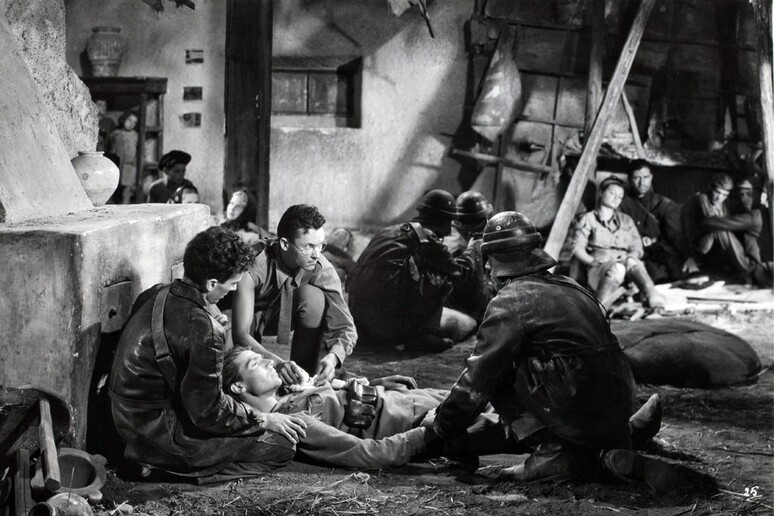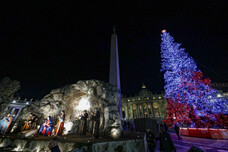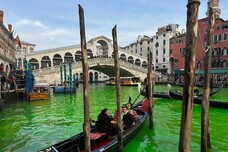One of Italy's most famous and respected cinema movements is on display in Turin in the exhibition 'Roma, Citta Aperta: 70 years of Neorealism'.
"The splendor of truth in post-war Italy" is the subtitle of the exhibition that will continue at the National Museum of Cinema in Turin until November 29.
This golden period in cinema history is documented in the exhibition through more than 180 photographs and documents, 15 posters, promo materials, and 23 monitors that will show clips including scenes from the classic film 'Roma, Citta Aperta' (Rome, Open City) interspersed with exclusive interviews from film directors who will explain their relationship with Neorealism.
Rome, Open City by director Roberto Rossellini, hit the screens in 1945 and dazzled audiences with its new, gritty mode of telling stories about a very particular moment in history.
The exhibition traces the influence on Neorealism from earlier cinematic works, and includes its main figures - Rossellini, Vittoria De Sica, Luchino Visconti, Giuseppe De Santis, and Carlo Lizzani - as well as the principal collaborators.
Those included such screenwriters as Suso Cecchi D'Amico and Cesare Zavattini, and directors of photography like Aldo Tonti.
Finally, the exhibition concludes with the legacy of Neorealism on contemporary filmmakers including Marco Bellocchio, Martin Scorsese, Bernardo Bertolucci, Bernard Tavernier, Edgar Reitz, Abderrhamane Sissako, and Robert Guédiguaian.
National Museum of Cinema Director Alberto Barbera has curated the exhibition, with the help of Grazia Paganelli and Fabio Pezzetti Tonion.
"When I was a child, I asked my father what neorealism is and he said there exists an aesthetics of beauty and we try to find that in human beings," recalled Renzo Rossellini, who is involved in the exhibition.
They describe neorealism as a revolution in Italian filmmaking at a time the country was struggling with such issues as poverty, death, and marginalization in the postwar period. This was the side of Italy that was dramatized in famous works including Ladri di biciclette (released in the United States as The Bicycle Thief) that dealt with themes such as injustice in suburban slums.
ALL RIGHTS RESERVED © Copyright ANSA











